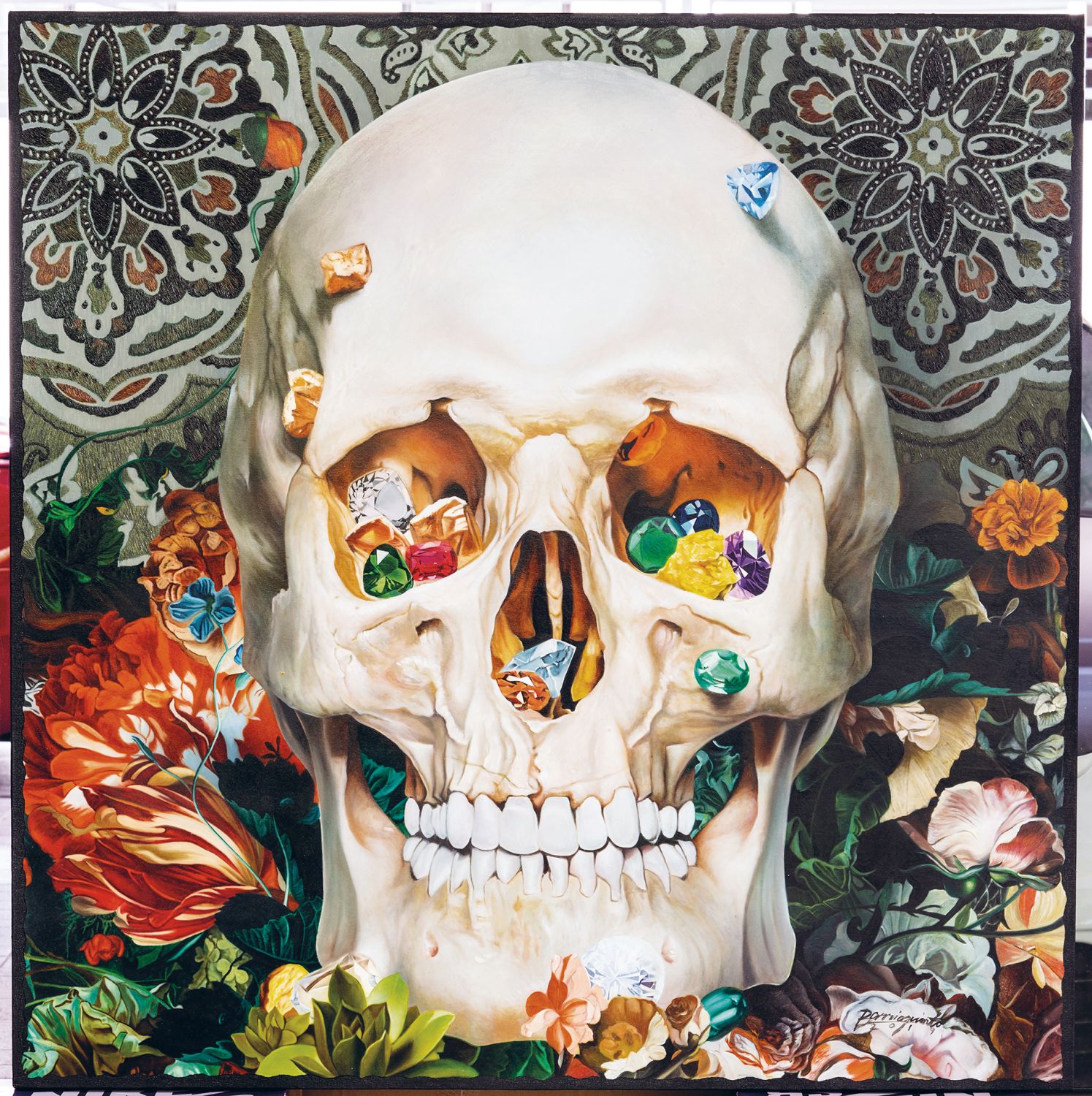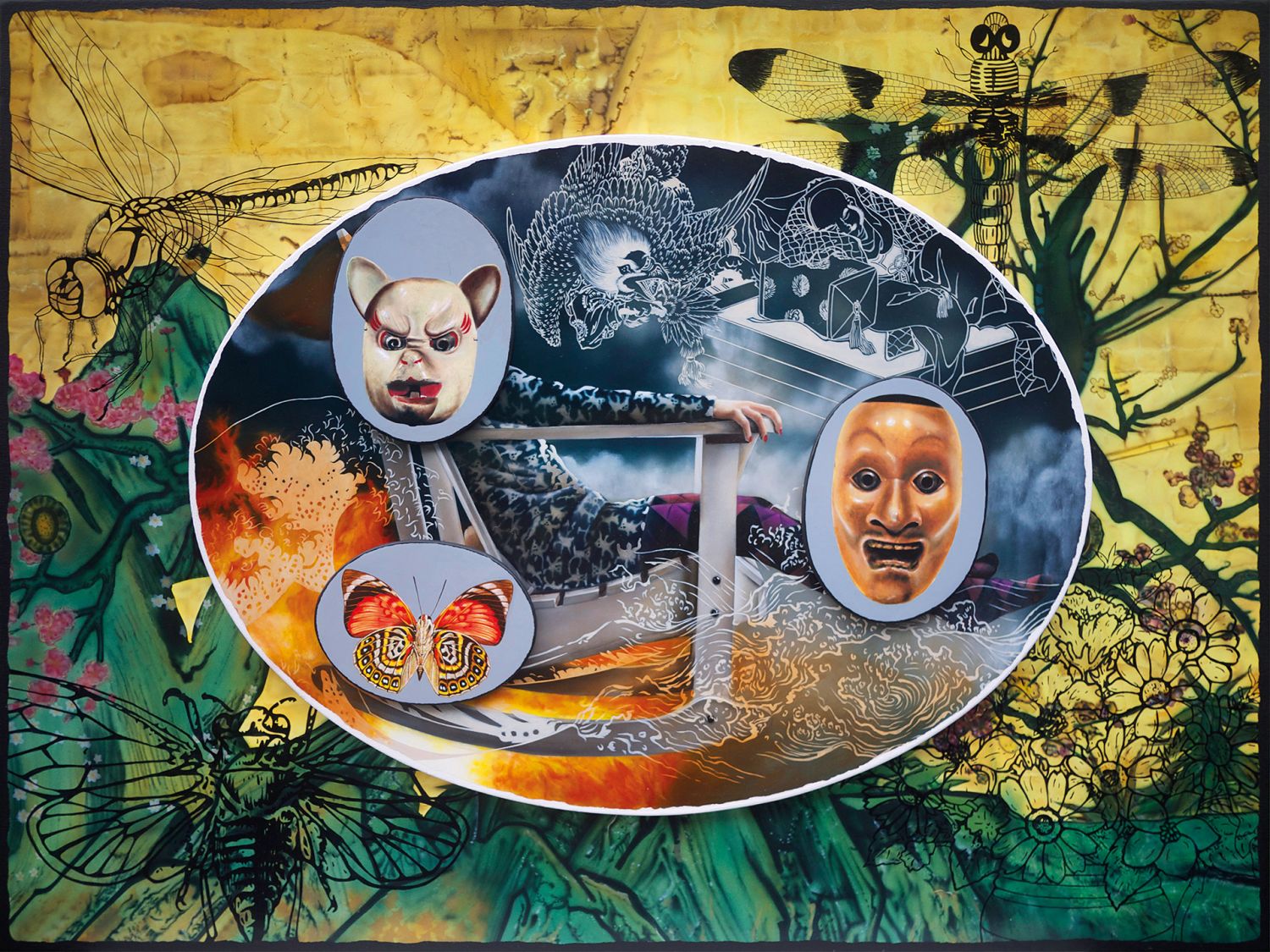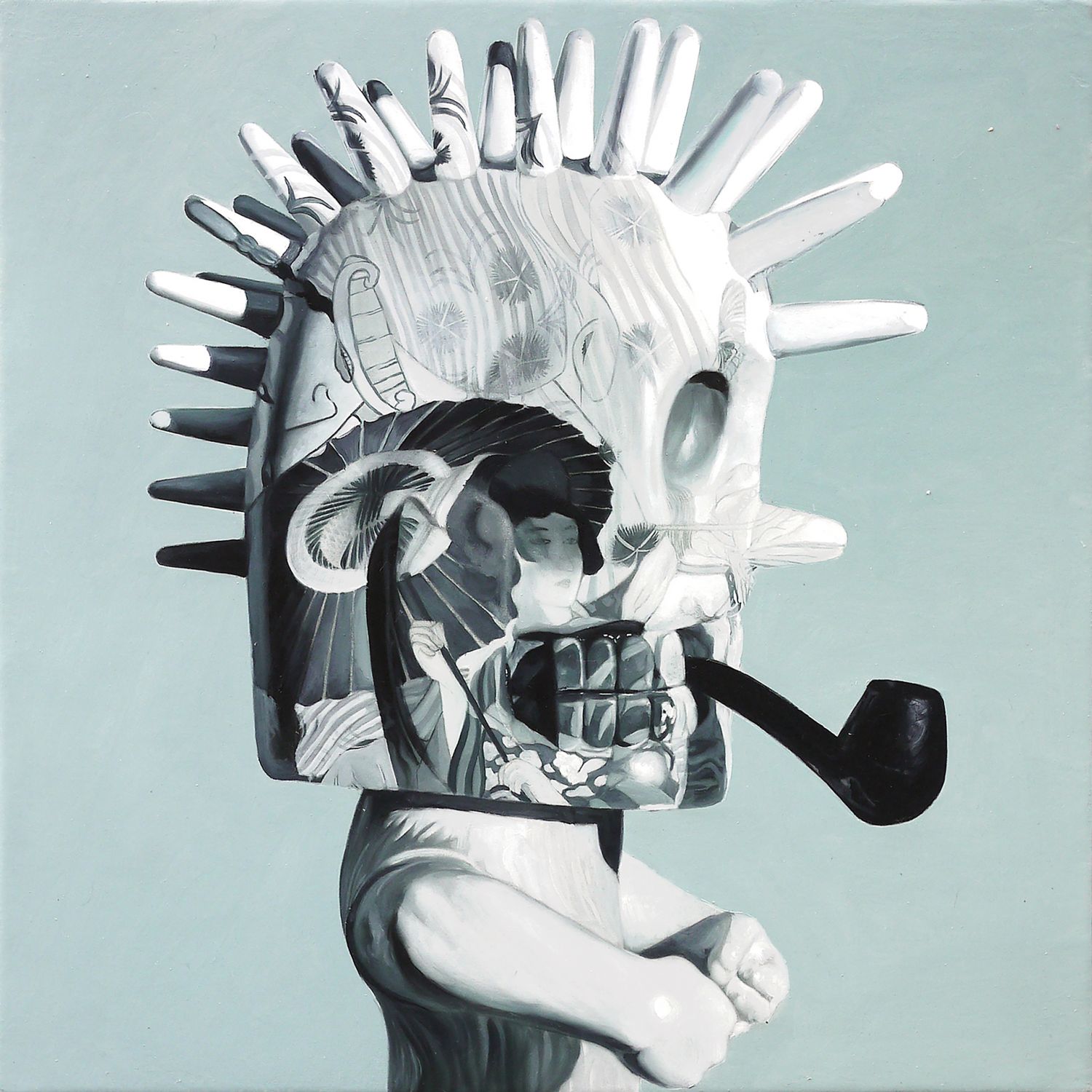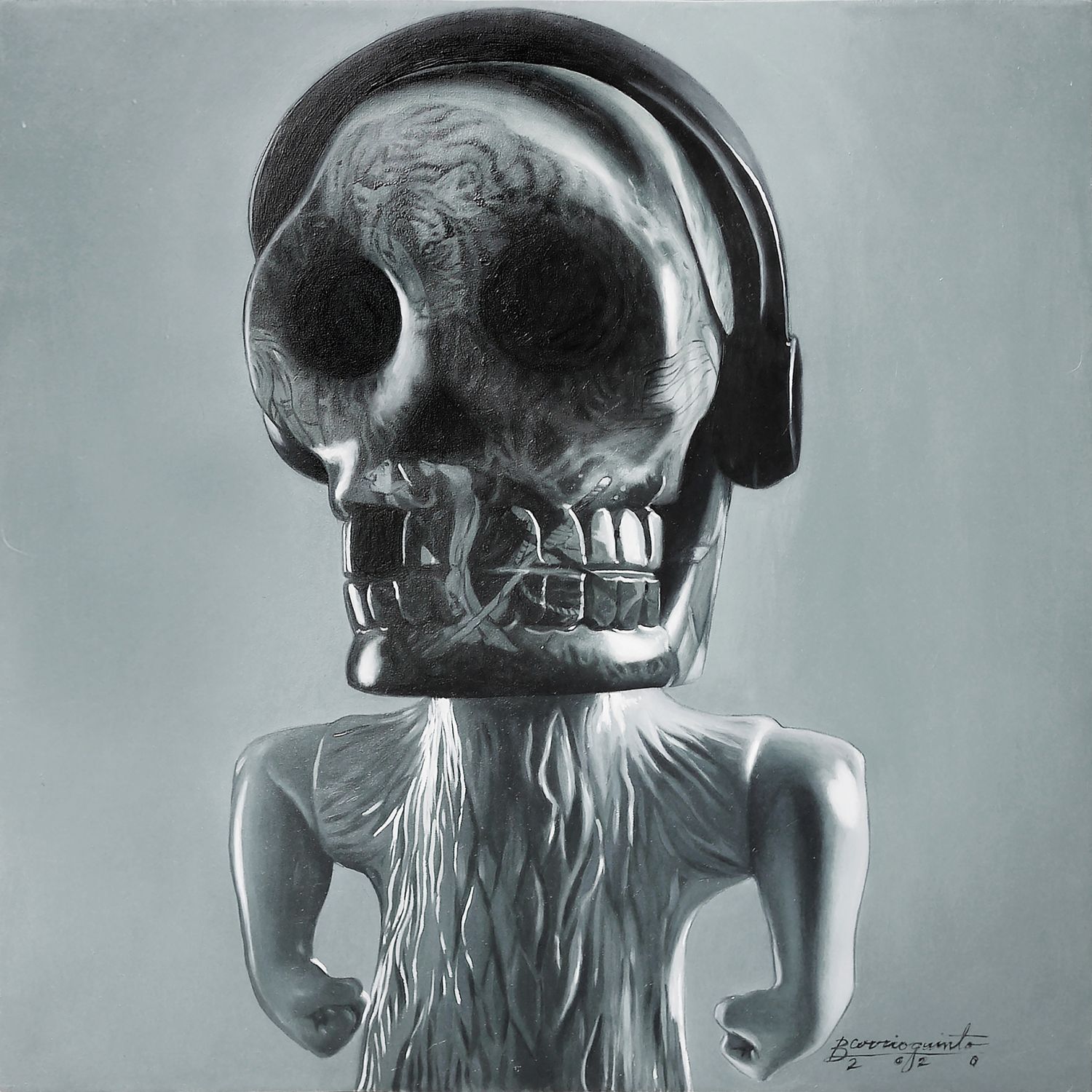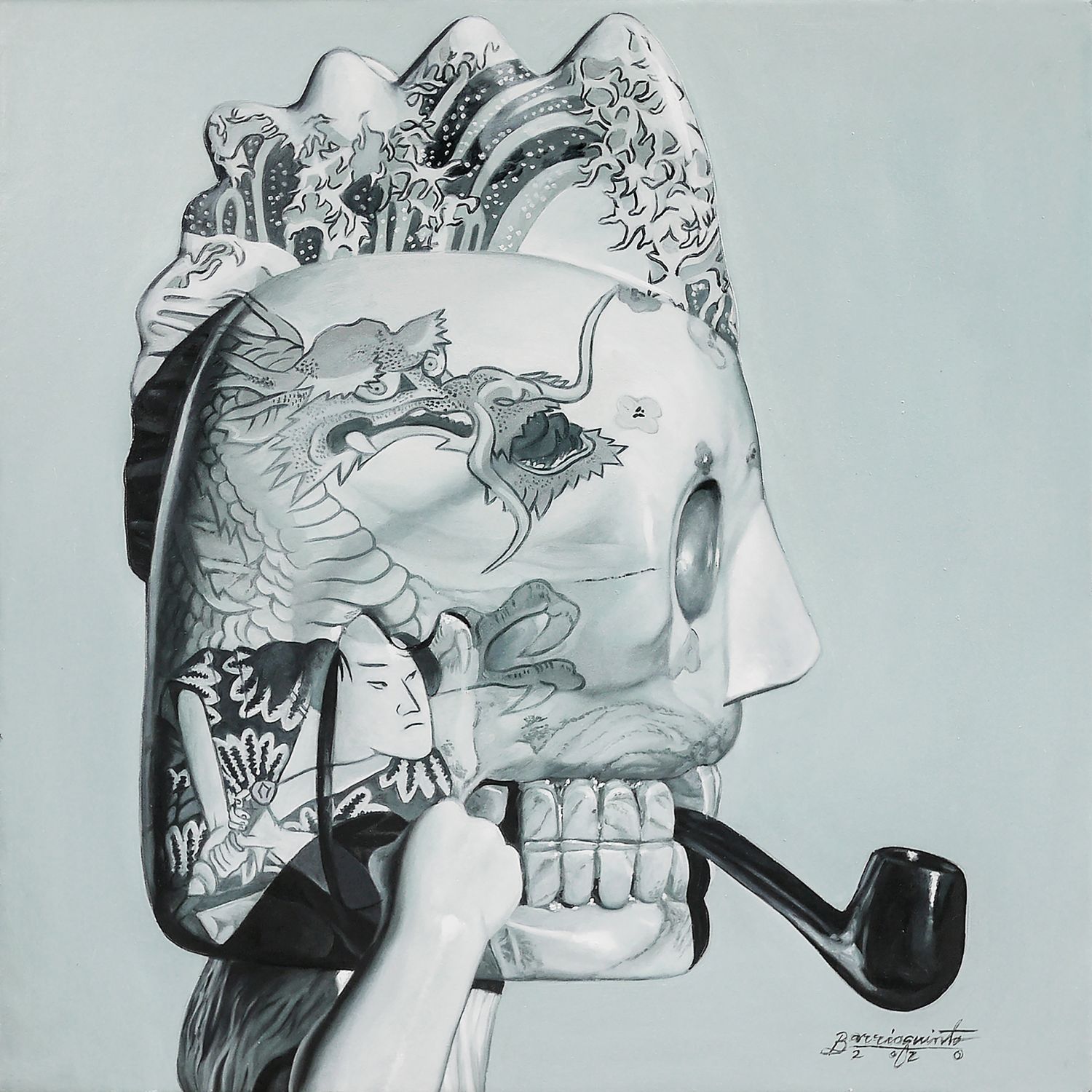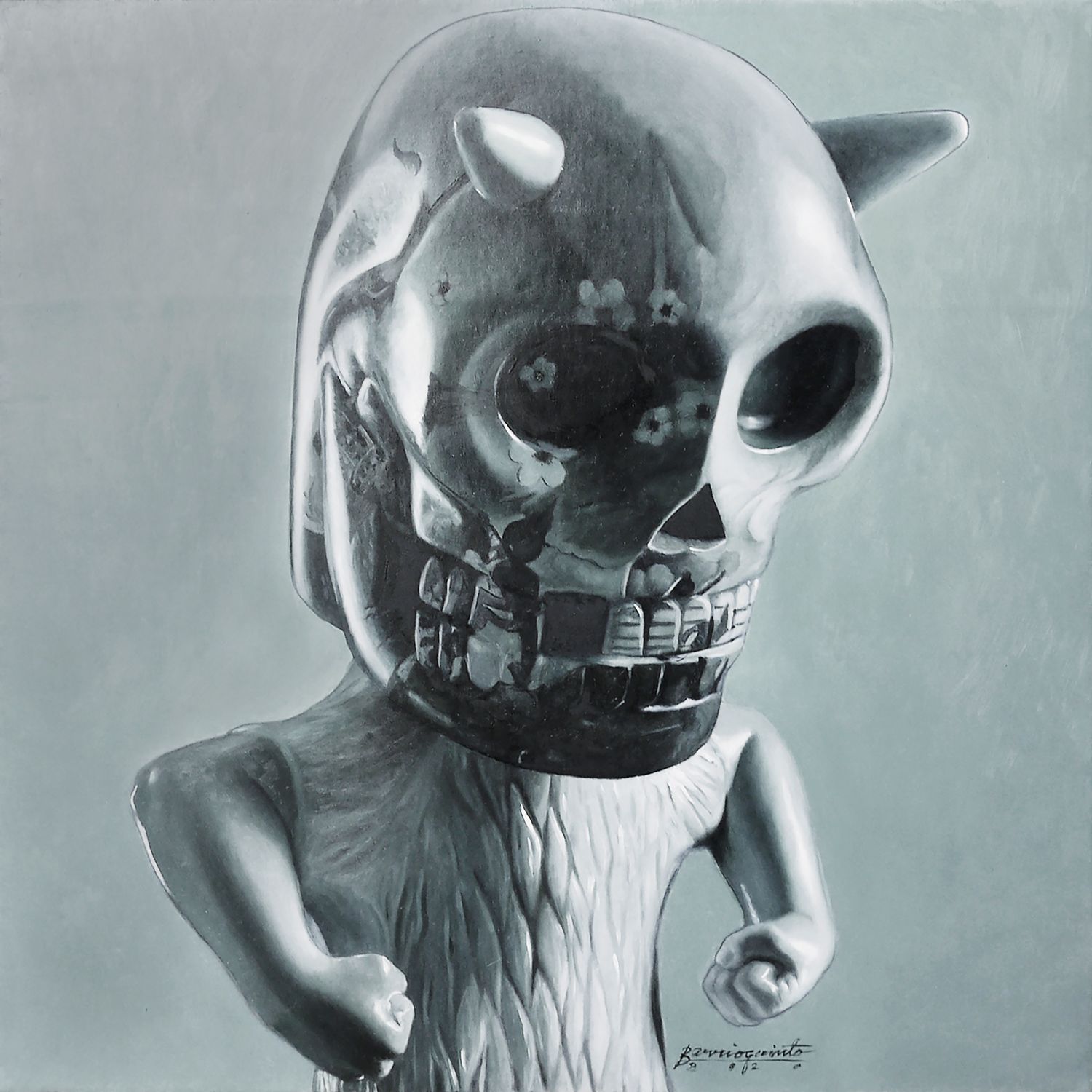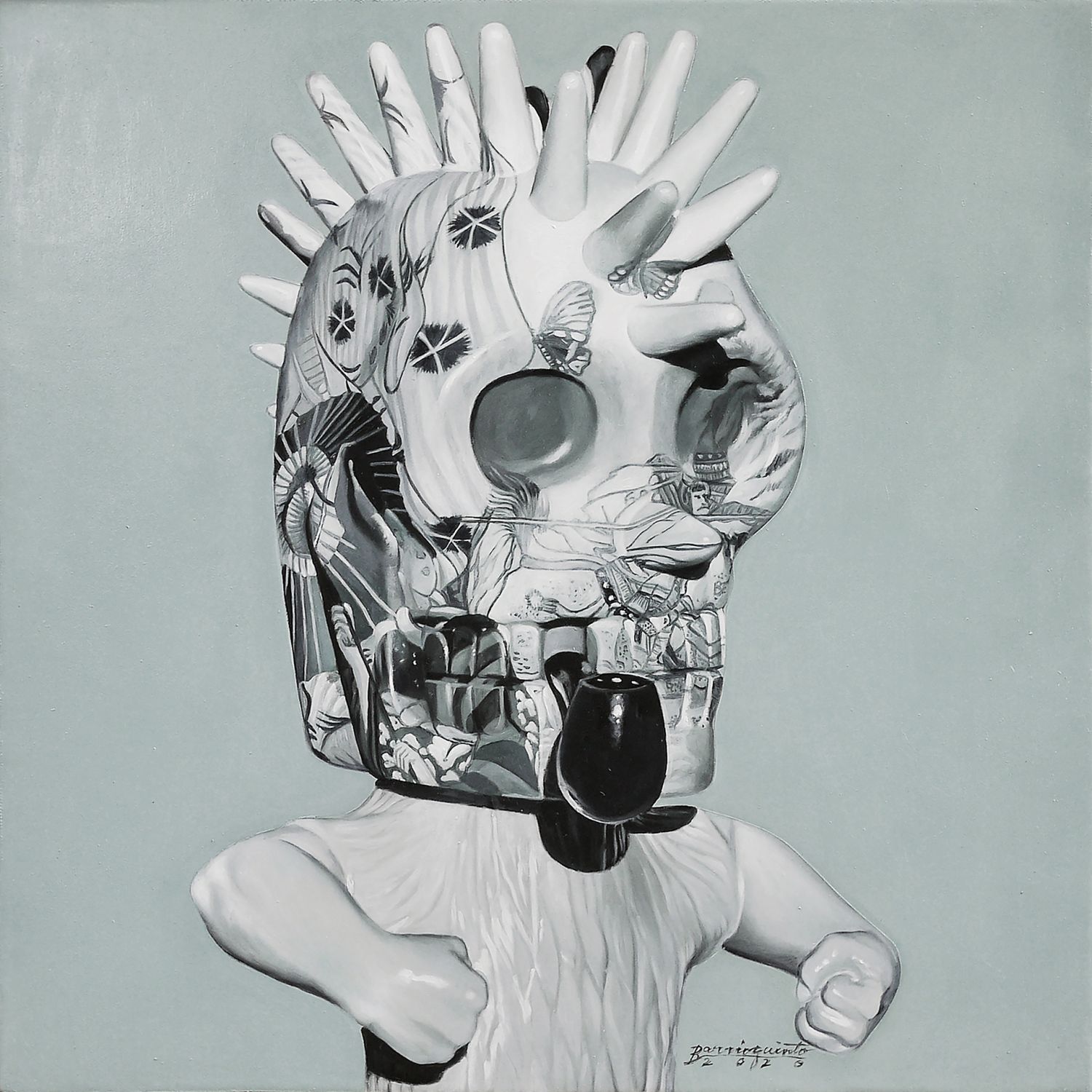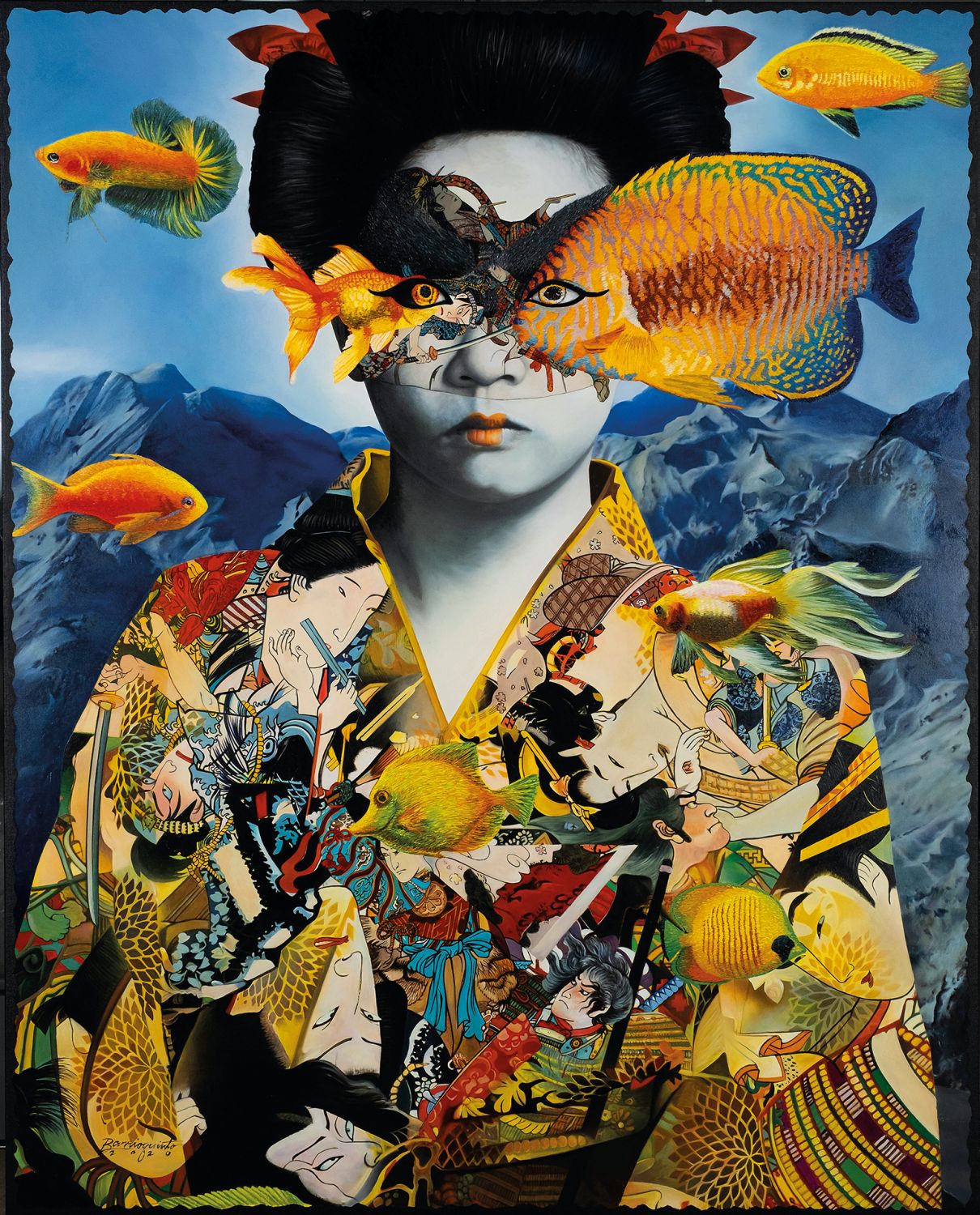From early macabre works to dreamy and whimsical realist pieces, Andres Barrioquinto’s art of 20 years has seen radical change, as encapsulated in Rizzoli New York’s latest book
Art critic Demetrio Paparoni has taken a closer look at the Tatler Asia's Most Influential 2021 lister Andres Barrioquinto, one of the most celebrated and internationally sought-after Southeast Asian contemporary artists today through a comprehensive monograph published by Rizzoli New York. In Paparoni's curation of the book aptly titled Barrioquinto, he gathered the writings of Patrick Flores and Elio Cappuccio that analyse the early works of the acclaimed artist from his first solo exhibition in 2001 up to his later works of the last decade. Fundacion Sansó museum director and curator Ricky Francisco, meanwhile, shares his tête-à-tête with Barrioquinto, who has been dubbed by the local art scene as the "Dark Man of Philippine art" to further grasp his artistic philosophy and the turning point in his career that pivoted his style from the "ugly" to the "beautiful".
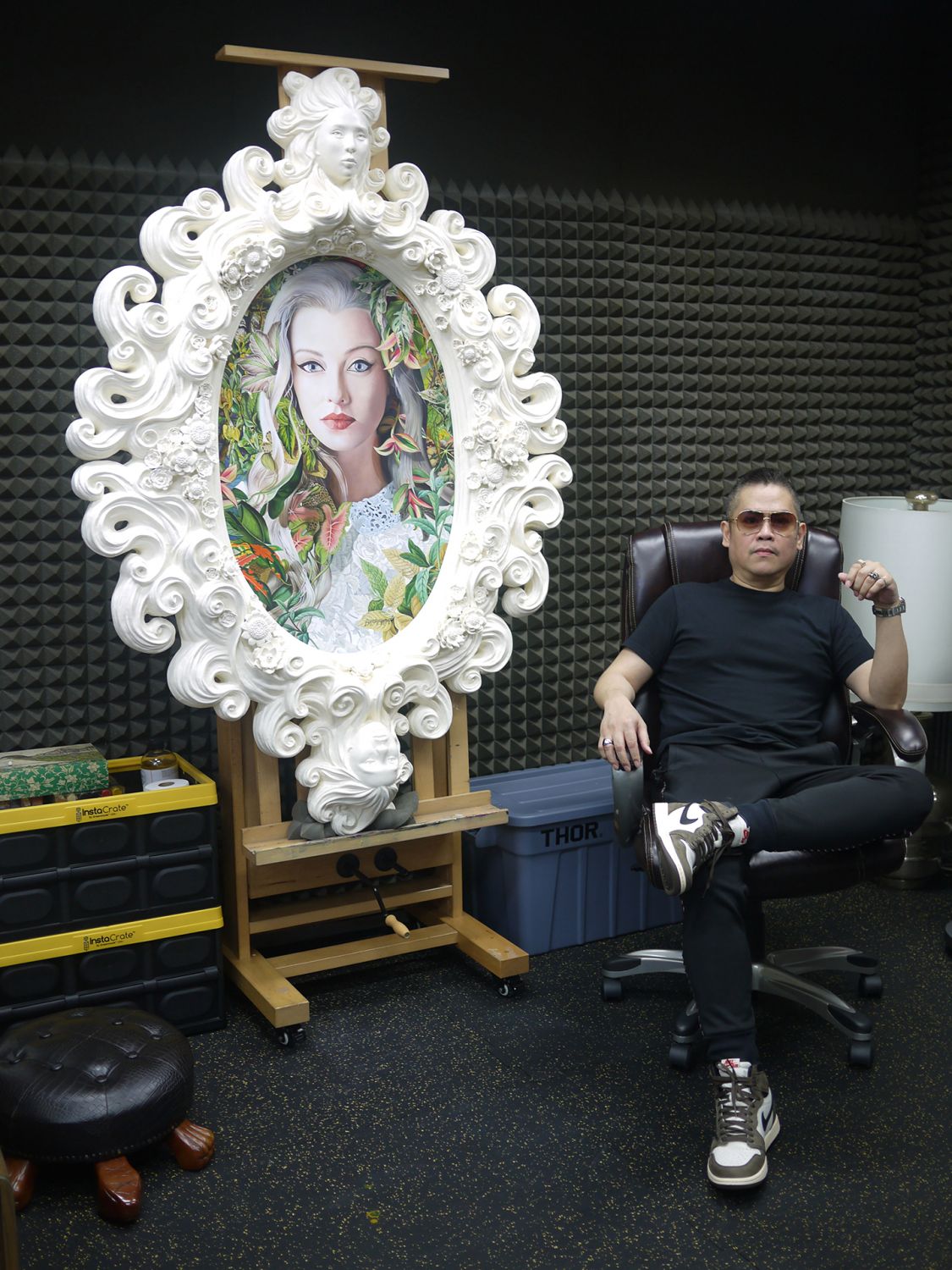
"A friend of mine, Rocky David, told me that he wants to do a book project with Rizzoli," says Barrioquinto, recalling when he was approached to be featured by the globally renowned publishing house. "I was actually surprised because Rizzoli is known to be very selective with their roster of artists to publish, and they have never featured a Filipino artist yet."
With no hesitation, Barrioquinto jumped into the project managed by David and got to work together with Flores, Francisco, Cappuccio and the internationally acclaimed Paparoni—all whom he greatly reveres. "His work is very in-depth, as expected," Barrioquinto says about Paparoni. "He interviewed me and asked me personal questions, like the music I listen to. He was able to flesh out the distinctive soul of my work," he shares, expressing his happiness with the outcome of the book, including the writings of the others.
Read also: Art Agenda for July 2022: Exciting Exhibitions and New Art Fair to Visit

